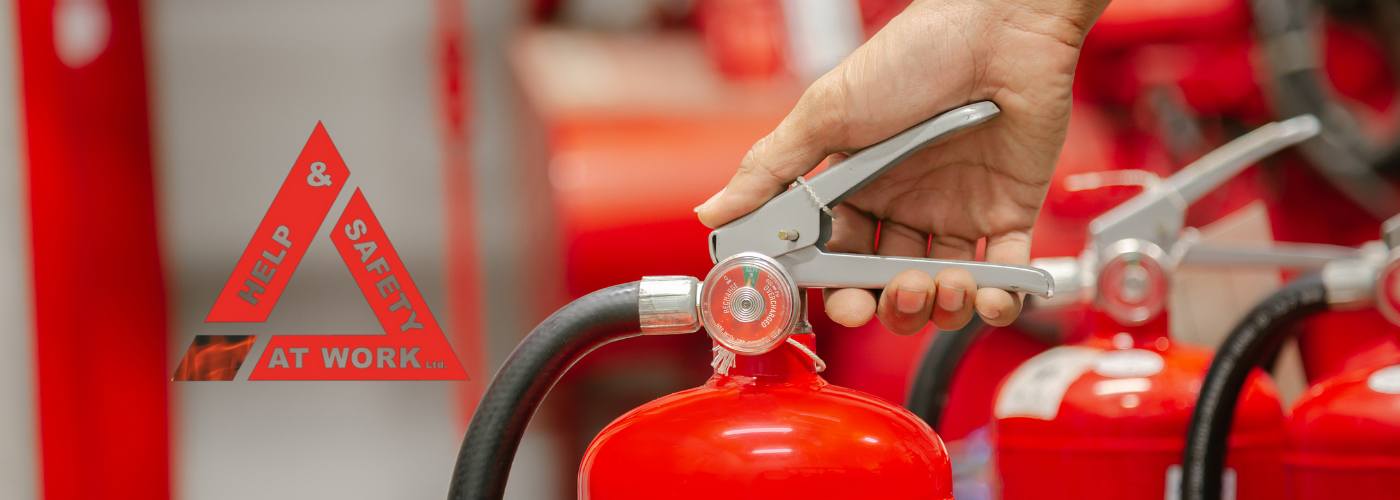

Fire Extinguisher Maintenance & Servicing
The Importance of Regular Fire Extinguisher Maintenance Fire extinguishers are essential to any fire safety strategy, providing a first


The Importance of Regular Fire Extinguisher Maintenance Fire extinguishers are essential to any fire safety strategy, providing a first


Understanding the importance of Fire Risk Assessments Ensuring the safety and compliance of your property through a fire risk
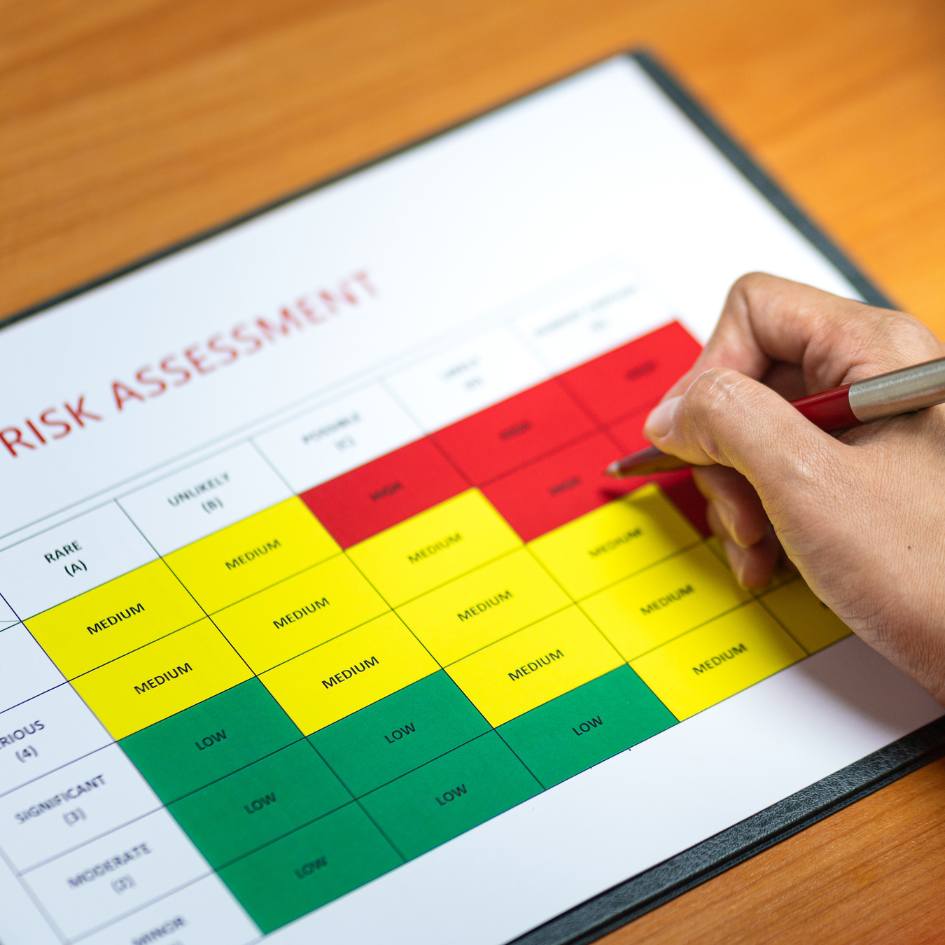

Understanding the importance of Fire Risk Assessments We are often asked “What is a Fire Risk Assessment?” This document
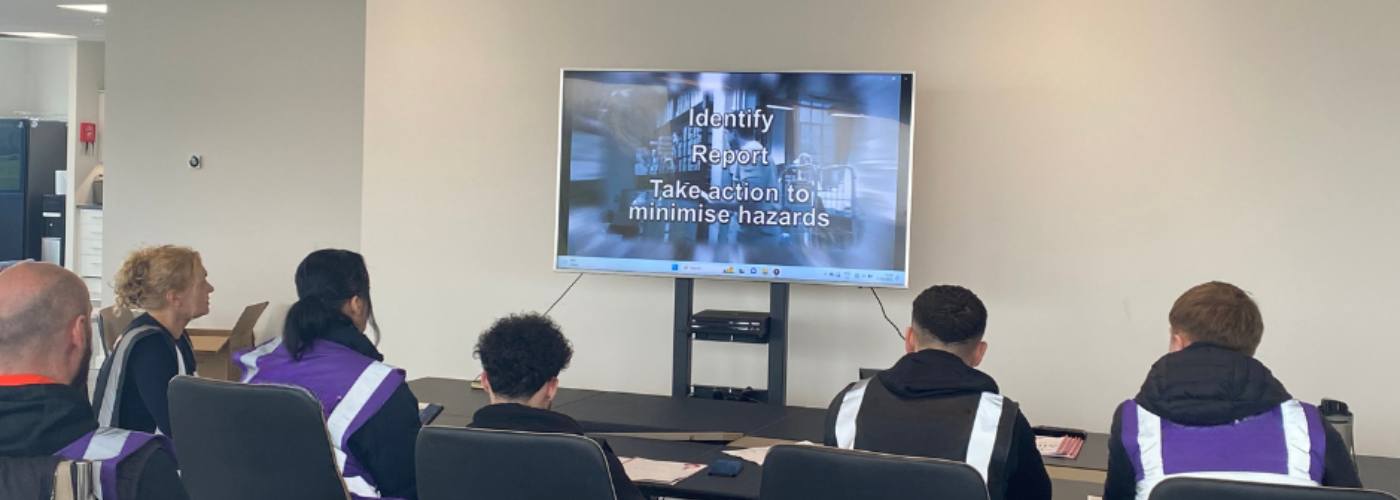

Who is responsible for using a fire extinguisher? Fire Safety is governed by the Regulatory Reform (Fire Safety) Order


Assessing Fire Safety for High-Risk Areas in Buildings High-risk areas within buildings present significant fire hazards due to the


The advantages of on-site fire warden training Ensuring your workplace is prepared for a fire emergency is crucial for


How Fire Safety for Residential Properties can protect your tenants. Property managers shoulder the responsibility of ensuring the safety
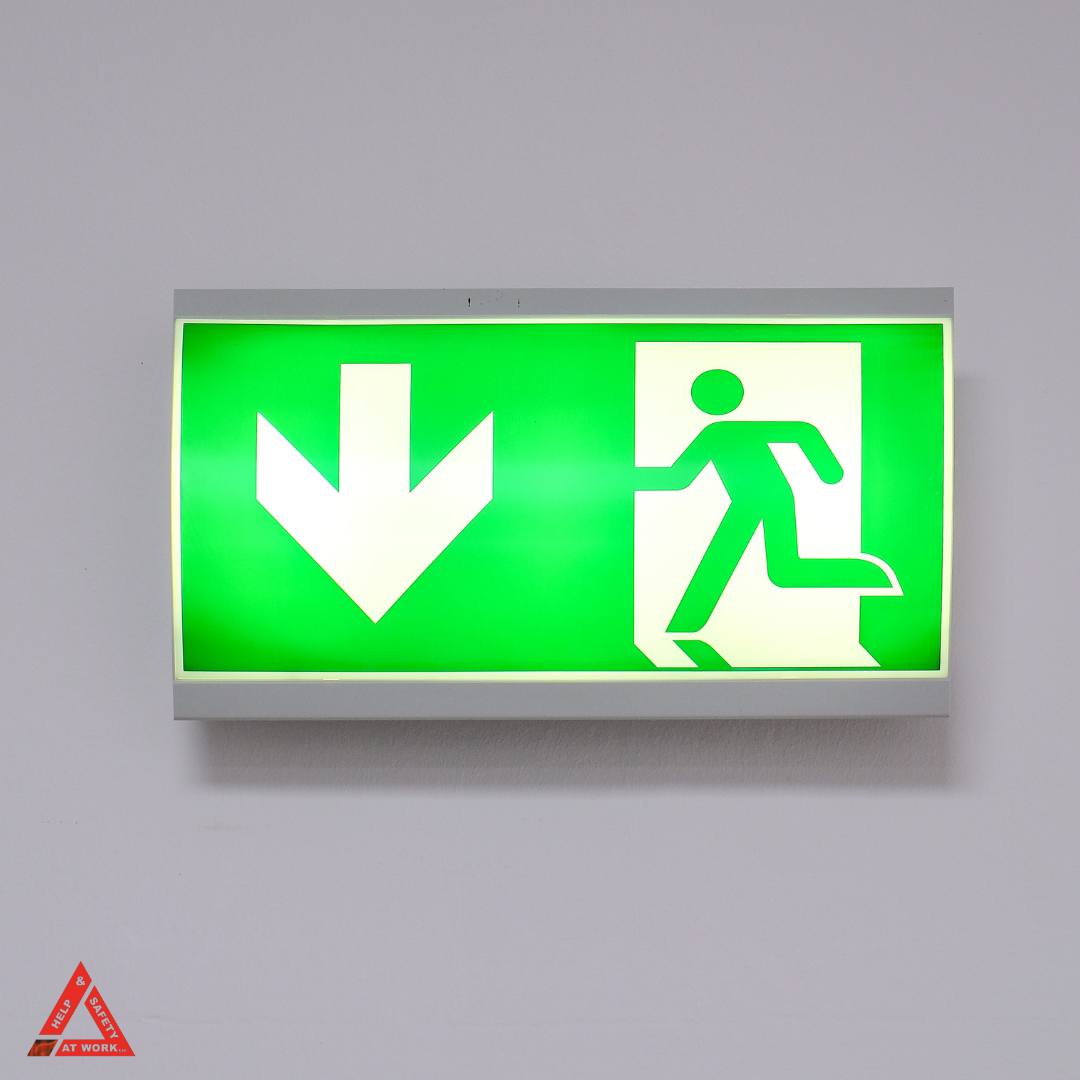

Understanding emergency Lighting in HMOs In the realm of fire safety and building regulations, one crucial element often overlooked
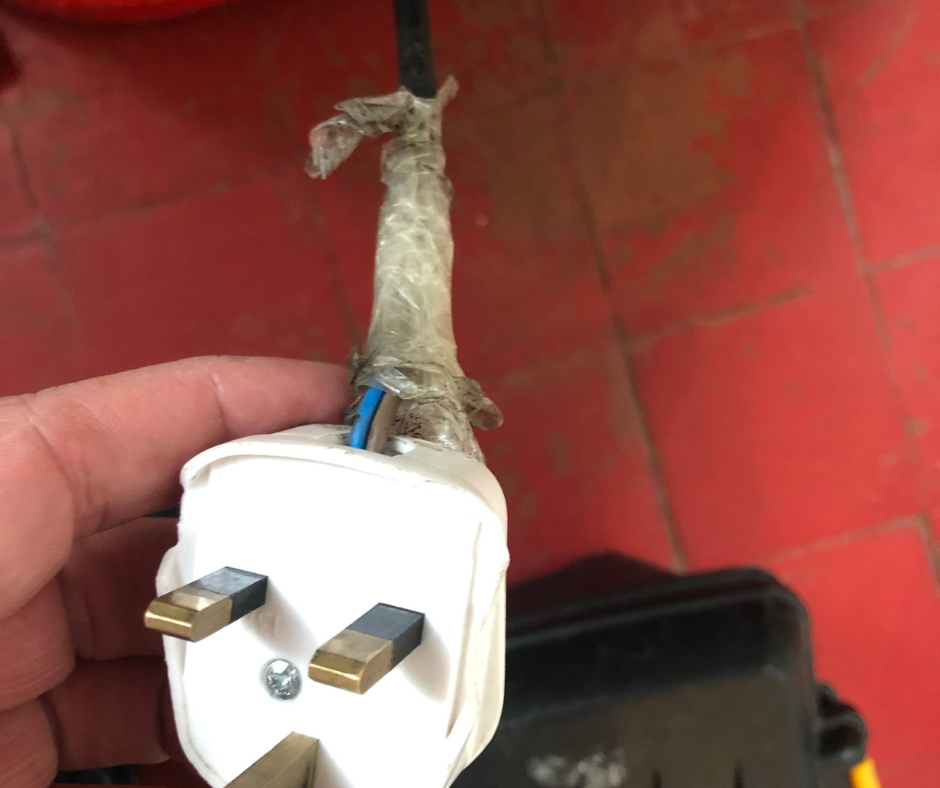

The Hidden Dangers of electrical fires In our digitally driven time we use electricity in every corner of our


We had the honour of sponsoring a remarkable celebration where Ronnie Henry, Mark Roberts and Carl Piergianni took to
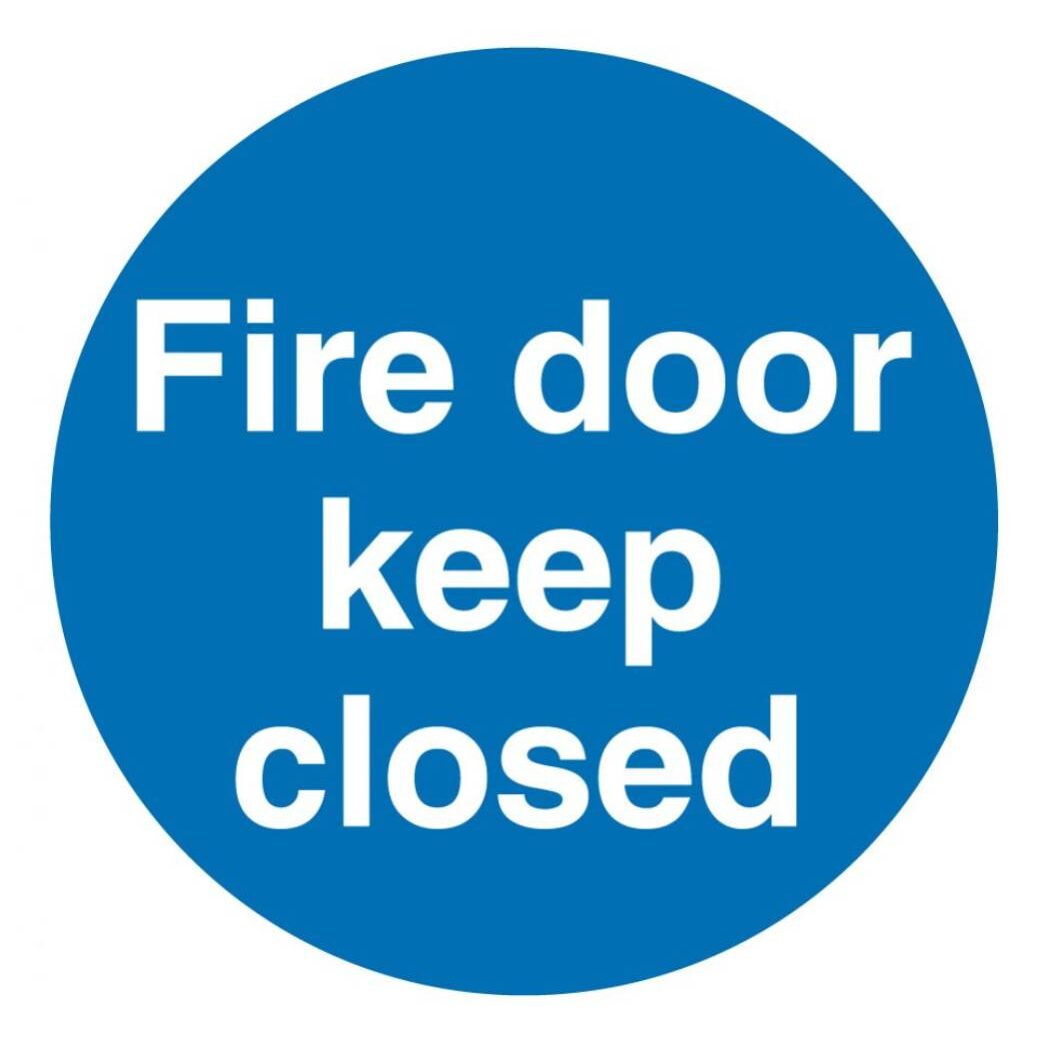

Fire door signage is more than just symbols on doors – they are crucial indicators of safety, security and


Recent Prosecutions. When was the last time someone died in an office from fire…? In shared living, it is
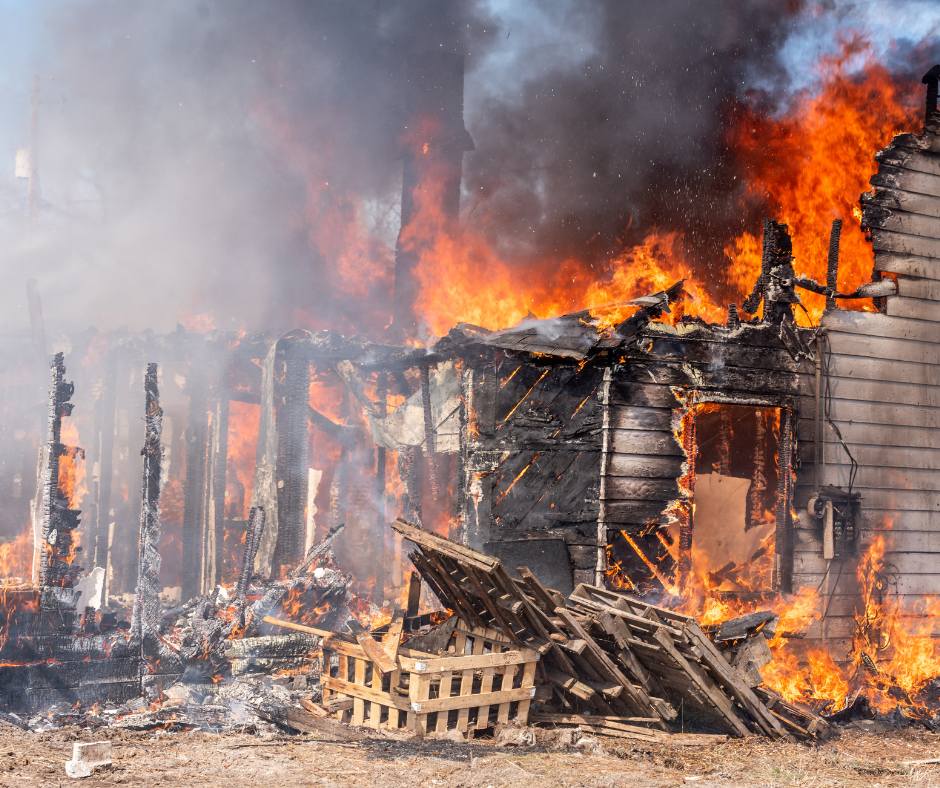

Have you got your new year resolutions yet? As we begin the New Year, it is a perfect time


What is emergency lighting? Emergency lighting is a system of lights that are specifically installed in buildings to provide


The Responsible Person is a crucial figure in ensuring fire safety within a premises. They take on various responsibilities
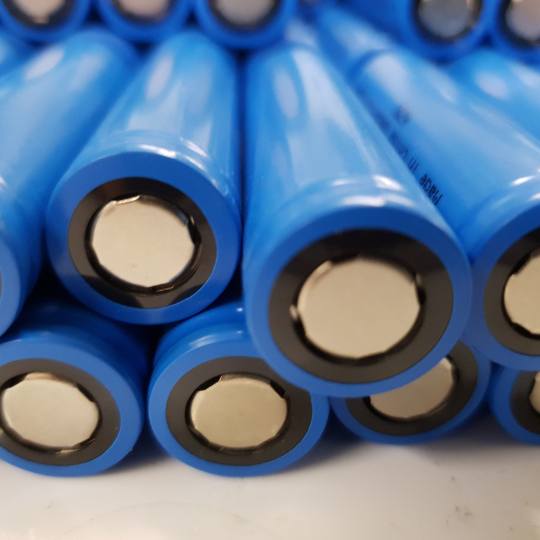

Lithium batteries have revolutionised the way we power our portable electronic devices, electric vehicles e-bikes, and e-scooters, but along
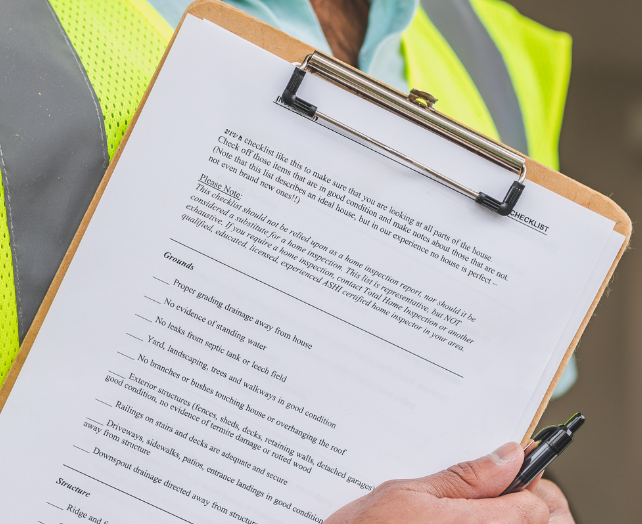

Fire safety regulations play a crucial role in ensuring the safety of occupants and properties. With the aim of


Bonfire Night is a thrilling and spectacular event, but it is crucial to prioritise safety when it comes to


What Is A Fire Risk Assessment? A fire risk assessment is an evaluation of a building or premises to


If you are responsible for the Fire Risk Assessment in your food business like restaurants, cafes or takeaway, there
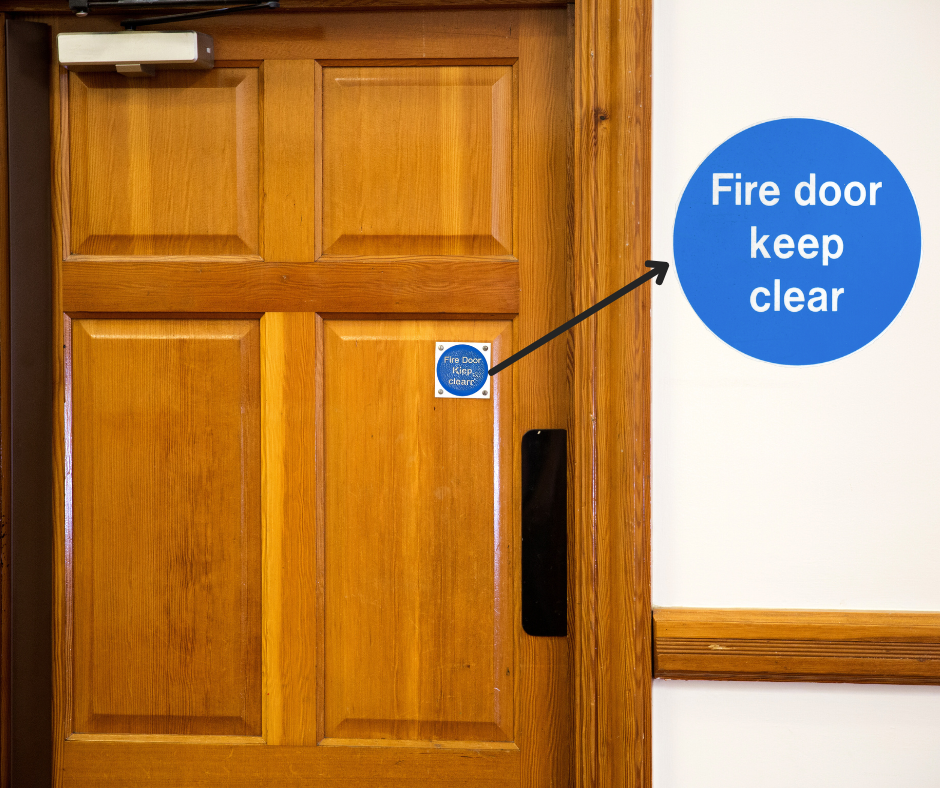

What are fire doors? Fire doors are an important component of building safety. They are designed to resist the